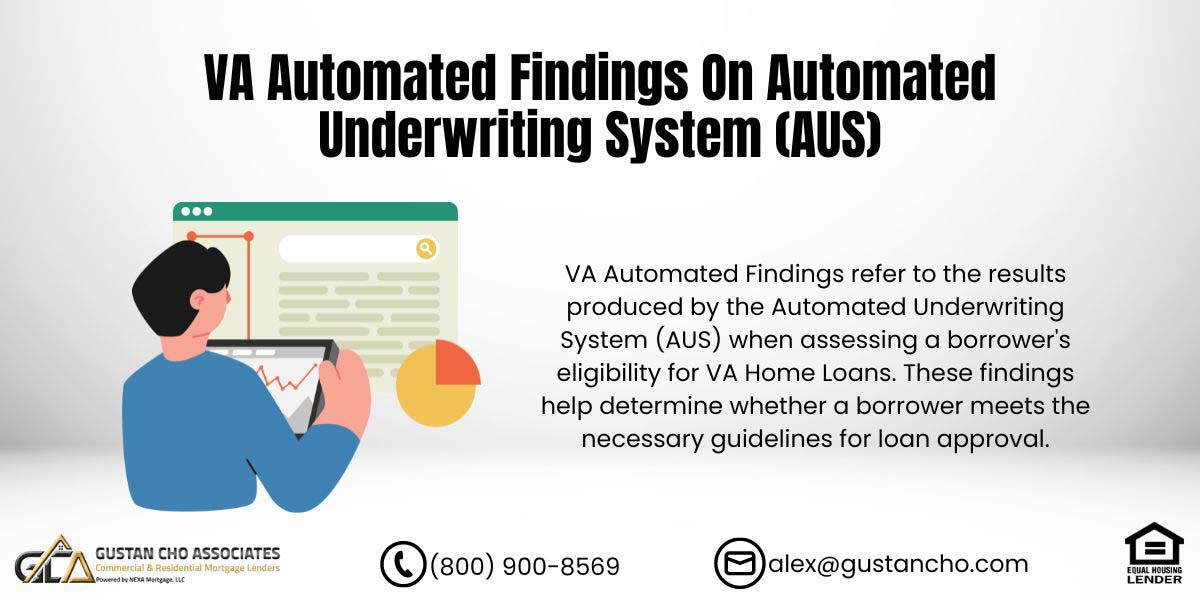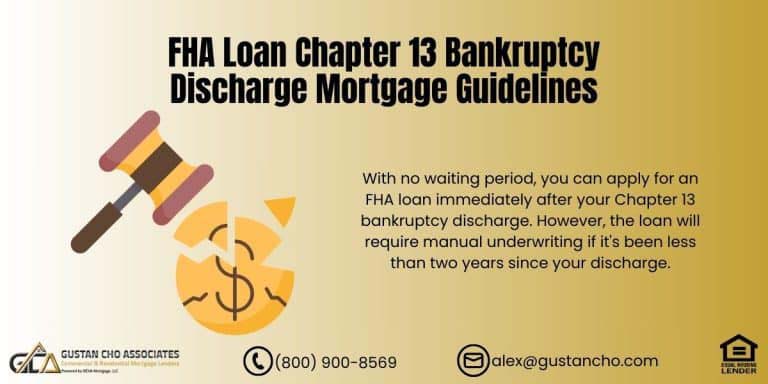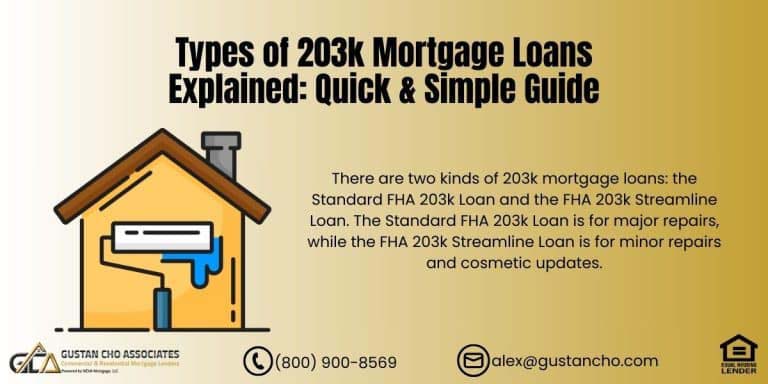In this article, we will discuss and cover the VA automated findings on the automated underwriting systems (AUS). VA loans has more lenient agency mortgage guidelines than any other loan program. All VA loans need to go through the Automated Underwriting System for VA Automated Findings.
What is the Automate Underwriting System (AUS)
The Automated Underwriting System (AUS) is a highly-sophisticated computerized system. Loan Officers enter borrowers’ data into the Automated Underwriting System. Within a matter of seconds, the Automated Underwriting System can thoroughly review and analyze a borrower and see if they meet the minimum agency mortgage guidelines. The AUS will take into account and analyze the credit report, scores, employment history, credit payment history, public records, asset/income data, and render VA Automated Findings.
Understand How VA Automated Findings on AUS Affect Your Mortgage Approval!
Contact us today to learn more about the process and how we can assist you in getting your loan approved faster.
How Does The Automated Underwriting System Work
The AUS is an amazing high-tech system used by all mortgage lenders. The Automated Underwriting System has been programmed with specific algorithms. The AUS System will not render VA Automated Findings if the borrower does not meet any guidelines of the VA. Below are the VA Automated Findings that are rendered by the Automated Underwriting System:
- Approve/Eligible per AUS which means an automated approval
- Refer/Eligible which means the AUS cannot render a VA Automated Findings Approval
- With a refer/eligible, the file can be downgraded to a manual underwrite
- Refer/With Caution which means the borrower does not meet VA Agency Mortgage Guidelines
What are AUS Findings in a Mortgage?
AUS (Automated Underwriting System) findings refer to the results generated by automated underwriting software used by mortgage lenders to assess a borrower’s eligibility for a mortgage loan, including VA Home Loans. The AUS assesses the loan application and associated documentation to establish whether the borrower complies with the lender’s and investor’s criteria. Two primary AUS systems are used in the mortgage industry: Fannie Mae’s Desktop Underwriter (DU) and Freddie Mac’s Loan Product Advisor (LPA).
For VA Home Loans, VA Automated Findings are crucial in determining loan eligibility. Here’s a breakdown of what AUS findings typically include:
- Approval Status: The AUS will indicate whether the loan is approved, eligible, or ineligible. Common approval statuses are “Approve/Eligible,” “Approve/Ineligible,” “Refer,” or “Refer with Caution.”
- Conditions: The findings will list specific conditions that must be met for the loan to be approved, such as providing additional documentation or clarifying certain aspects of the borrower’s financial situation.
- Credit Analysis: The AUS evaluates the borrower’s credit history, credit score, and derogatory marks such as late payments, collections, or bankruptcies.
- Income and Employment: The system reviews the borrower’s income and employment history to ensure it meets the lender’s guidelines for stability and sufficient income to cover the mortgage payments.
- Assets and Liabilities: AUS findings will assess the borrower’s assets (such as savings and investment accounts) and liabilities (such as existing debts) to determine their ability to make a down payment and cover closing costs.
- Debt-to-Income (DTI) Ratio: The results evaluate the borrower’s debt-to-income ratio, which compares their monthly debt payments to their monthly total income. This ratio helps determine the borrower’s ability to manage additional debt from the mortgage.
- Property Information: The AUS also considers the property’s details, including its value, type, and whether it meets the lender’s requirements for the loan program being used.
- Loan Program Eligibility: Based on the information provided, the findings indicate whether the borrower qualifies for specific loan programs, such as conventional, FHA, VA, or USDA loans.
For VA Home Loans, VA Automated Findings are vital in streamlining the underwriting process, providing a more efficient and consistent evaluation of mortgage applications. These findings guide lenders in making informed decisions about loan approvals and the conditions that must be satisfied. This ensures that veterans and active-duty service members receive the benefits and support they deserve in securing a home loan.
VA Agency Mortgage Guidelines Versus Lender Overlays
Gustan Cho Associates is a mortgage broker licensed in multiple states. We are different than other lenders due to its no overlays policy on government and conventional loans. Gustan Cho Associates Mortgage has no overlays on FHA, VA, USDA, or Conventional loans.
We just go off the automated findings of the Automated Underwriting System (AUS). If borrowers get approve/eligible per AUS and can meet all the conditions of the VA Automated Findings, the loan will close. Borrowers can rest assured that we will not just close the loan but will close it on time. Very rarely do delays happen.
The Reason For Delays in the Mortgage Process
If delays do happen, it is either because of appraisal issues, properly flips, or the sellers needing to delay the home loan closing. All lenders need to follow minimum agency lending guidelines which are determined by the Automated Underwriting System. Lenders can have additional guidelines that are above and beyond the AUS.
The additional lending requirements imposed by lenders are called lender overlays. Example of lender overlays includes higher credit scores, lower DTI, outstanding collections, charged-off accounts being paid off, manual underwrite, and other lender requirements. Gustan Cho Associates has no lender overlays on government and conforming loans.
The Automated Underwriting System
The loan officer will submit all pertinent data of the borrower in the automated underwriting system. The AUS will analyze and render its decision within a matter of seconds. As long as the borrower meets all agency guidelines, the AUS will render an approve/eligible per AUS.
Lenders with no overlays will only go by the AUS Findings. However, most lenders have lender overlays which means that lender has additional lending guidelines besides the minimum agency guidelines rendered with AUS Approval. Borrowers with prior bad credit issues and lower credit scores, outstanding collections, and charged-off accounts should seek the consultation of a direct lender with no overlays.
VA Automated Findings: VA Guidelines Versus Lender Overlays
Not all lenders have the same VA Lending Requirements. Just because one lender may say no does not mean another lender will not accept a borrower. In this paragraph, we will go over the minimum VA Mortgage Guidelines versus overlays imposed by many lenders. The Department of Veterans Affairs does not mandate a minimum credit score requirement on VA loans.
Curious About VA Loan Approval Through AUS? Let Us Help You Navigate the Process!
Reach out now to explore how your AUS results can help streamline your VA loan process and get you pre-approved.
What is the Maximum DTI for VA Manual Underwriting in 2024?
For VA Home Loans in 2024, the maximum debt-to-income (DTI) ratio for manual underwriting is generally 41%. Yet, this represents a fairly simple and quick guideline, and lenders may be able to authorize loans with elevated DTI ratios if there are mitigating factors.
Compensating factors can include things like:
- Strong Credit History: A higher credit score can help offset a higher DTI ratio.
- Residual Income: Having residual income well above the VA guidelines for your family size and location can be a significant compensating factor.
- Savings and Liquid Assets: Substantial or liquid assets can also be considered.
- Stable Employment History: A long history of stable employment in the same job or industry can help.
- Low Payment Shock: This can be positive if the new mortgage payment is not significantly higher than the current housing payment.
These compensating factors help lenders determine the borrower’s ability to manage the additional debt from the VA Home Loan despite having a higher DTI ratio.
There is no maximum loan limit cap on VA loans. VA allows borrowers under 580 credit scores and down to 500 FICO. Most lenders will not touch any borrowers under 580 FICO. The VA does not have a minimum credit score requirement. Many lenders do not do manual underwriting on FHA and VA loans.
Outstanding Collections And Charge-Off Accounts Do Not Have To Be Paid With VA Automated Findings Approval
The VA does not require borrowers to pay off outstanding collections and charged-off accounts. Many lenders will require outstanding collections and/or charged-off accounts. This is a common lender overlay by lenders. The VA does allow late payments in the past 12 months by borrowers if they can get an approve/eligible per AUS. Many lenders will not allow late payments in the past 24 months even with approve/eligible per AUS. The VA allows manual underwriting on VA loans. Many lenders will not accept manual underwriting on VA loans.
VA Mortgage Process During Chapter 13 Bankruptcy
Borrowers can qualify for VA loans during Chapter 13 Bankruptcy Repayment plan with Trustee Approval after making 12 timely payments to the courts with manual underwriting. Most lenders will not accept any borrowers in a current active Chapter 13 Bankruptcy Repayment. There is no waiting period after Chapter 13 Bankruptcy is discharged to qualify for VA loans. Most lenders will require a two-year waiting period after the Chapter 13 Bankruptcy discharge date as part of their overlays.
FAQs: VA Automated Findings On Automated Underwriting System (AUS)
- 1. What are VA Automated Findings? VA Automated Findings refer to the results produced by the Automated Underwriting System (AUS) when assessing a borrower’s eligibility for VA Home Loans. These findings help determine whether a borrower meets the necessary guidelines for loan approval.
- 2. What is the Automated Underwriting System (AUS)? The Automated Underwriting System (AUS) is a sophisticated computerized system mortgage lenders use. It processes borrowers’ data to evaluate their eligibility for a mortgage loan, including VA Home Loans. The AUS reviews and analyzes credit reports, employment history, credit payment history, public records, and asset/income data to render VA Automated Findings.
- 3. How does the Automated Underwriting System work? The Automated Underwriting System (AUS) employs programmed algorithms to determine if a borrower meets VA guidelines. Following this assessment, the AUS produces VA Automated Findings. These findings are categorized as “Approve/Eligible,” indicating an automated approval; “Refer/Eligible,” suggesting that further review is required and may result in downgrading to manual underwriting; and “Refer/With Caution,” which means the borrower does not meet VA guidelines.
- 4. What are the typical findings of the AUS in a mortgage? The AUS findings for VA Home Loans typically include the approval status, specific conditions for loan approval, credit analysis, income and employment review, assessment of assets and liabilities, debt-to-income ratio, property information, and loan program eligibility.
- 5. What is the maximum DTI for VA manual underwriting in 2024? For VA Home Loans in 2024, the maximum debt-to-income (DTI) ratio for manual underwriting is generally 41%. However, loans with higher DTI ratios may be approved if compensating factors exist, such as a strong credit history, substantial residual income, significant savings or liquid assets, a stable employment history, or low payment shock.
- 5. What are lender overlays? Lender overlays are additional guidelines imposed by lenders beyond the minimum agency lending guidelines. Lenders might stipulate higher credit scores, reduced DTI ratios, or the settlement of overdue collections and written-off accounts. Gustan Cho Associates, however, has no overlays on government and conventional loans and follows only the AUS findings.
- 6. What if I have outstanding collections or charge-off accounts? The VA does not require borrowers to pay off outstanding collections or charged-off accounts. However, some lenders may impose this as a lender overlay requirement.
- 7. Can I qualify for a VA loan during Chapter 13 Bankruptcy? Yes, individuals can meet the requirements for VA loans while in a Chapter 13 Bankruptcy Repayment plan as long as they have the Trustee’s approval after making 12 timely court payments. This can be achieved through manual underwriting. After receiving a Chapter 13 Bankruptcy discharge, there is no waiting period to be eligible for VA loans. However, certain lenders might mandate a two-year waiting period.
For more information about the content in this article and/or other mortgage-related topics, please contact us at Gustan Cho Associates at 800-900-8569 or text us for a faster response. Or email us at alex@gustancho.com. The Team at Gustan Cho Associates is available 7 days a week, on evenings, weekends, and holidays.
This blog about VA Automated Findings On Automated Underwriting System (AUS) was updated on June 13th, 2024.
Want to Know How VA Automated Findings Impact Your Loan Approval? Let Us Guide You Through AUS!
Contact us today to understand how AUS findings affect your loan and how we can help you get approved.










